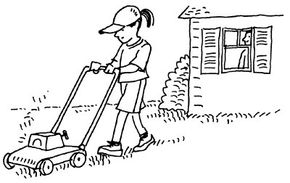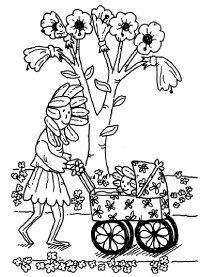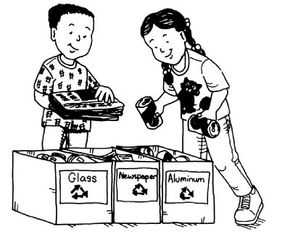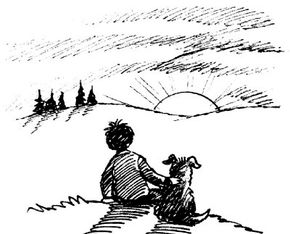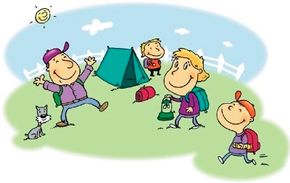These nature projects for kids are ideal for children who enjoy the "Great Outdoors." Kids love to be outside, so why not peak their interest even more by introducing these nature-inspired activities? They are easy to do and kids can work on them together if they wish.
The purpose of these nature projects is to develop an appreciation for our environment. Conservation can only truly take place once we have recognized the natural beauty and wonder that surrounds us.
Advertisement
So why not get started on these nature projects for kids as soon as possible, and cultivate an understanding of the environment that will last a lifetime.
Try this yards of helpfulness project and help a neighbor in need with their yard work. They will remember your charity forever.
Have you got stars in your eyes? If so, try this star story project and write an adventure that involves the stars.
Flowers are an interesting topic for a story, so why not try our flower story project and see what interesting ideas bloom from your mind.
Try our creek discovery project and learn everything there is to know about creeks and streams.
Help keep our environment clean and green by participating in our recycling project. Get your neighbors involved as well.
Do you have some concerns about our environment and other important issues? Try this voice your opinion project and let your representatives know about your concerns.
Try our night sky project and get ready for the greatest light show on earth!
Try our star gazing project and learn how to spot the Big Dipper, the Little Dipper and many other fascinating constellations.
Get closer to nature, and your family, with our camp-out project. We guarantee you'll have a lot of fun!
Keep a memento of your hikes into the woods with our nature wall hanging project.
Try our egg roll activity and see if you can cross the finish line first. This is a great activity for large groups of friends and family.
Or, you can jump right in and start with our yards of helpfulness project on the next page.
For more fun nature crafts and projects, try:
Advertisement

